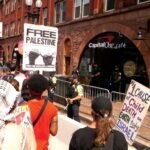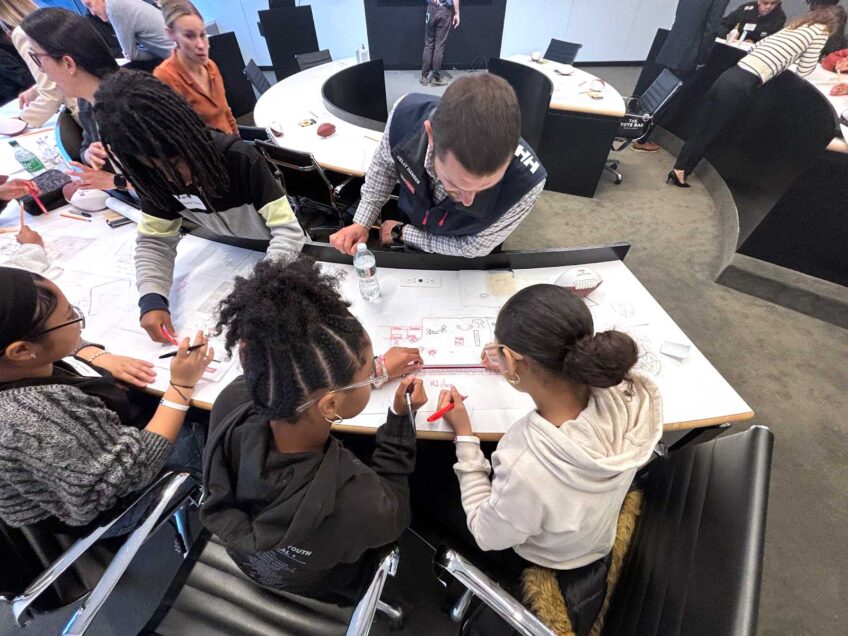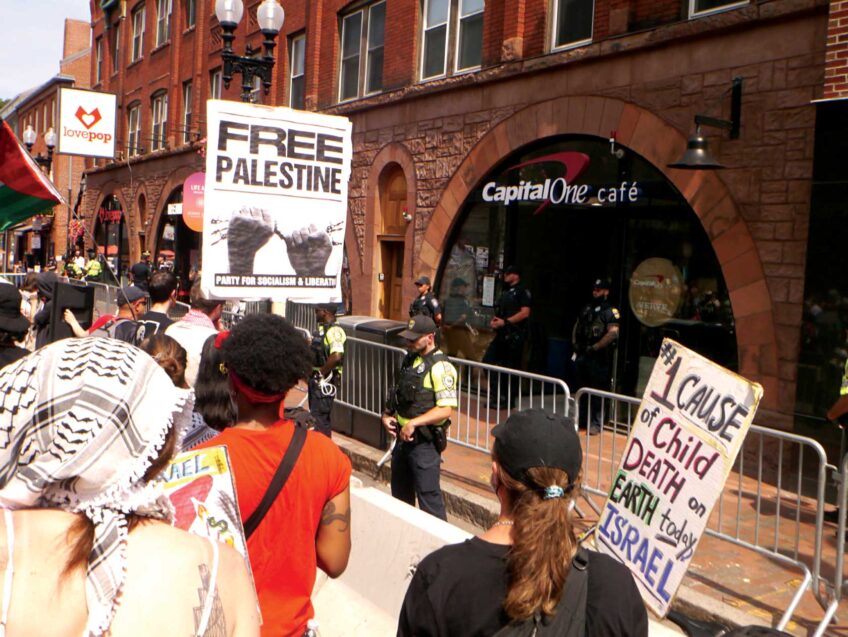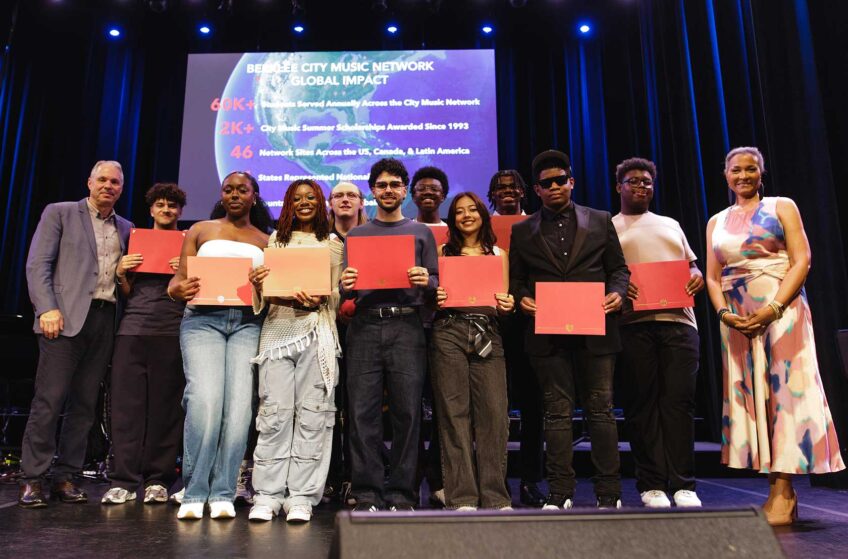Councilors call for police officers in schools
Experts say tactic would not reduce crime
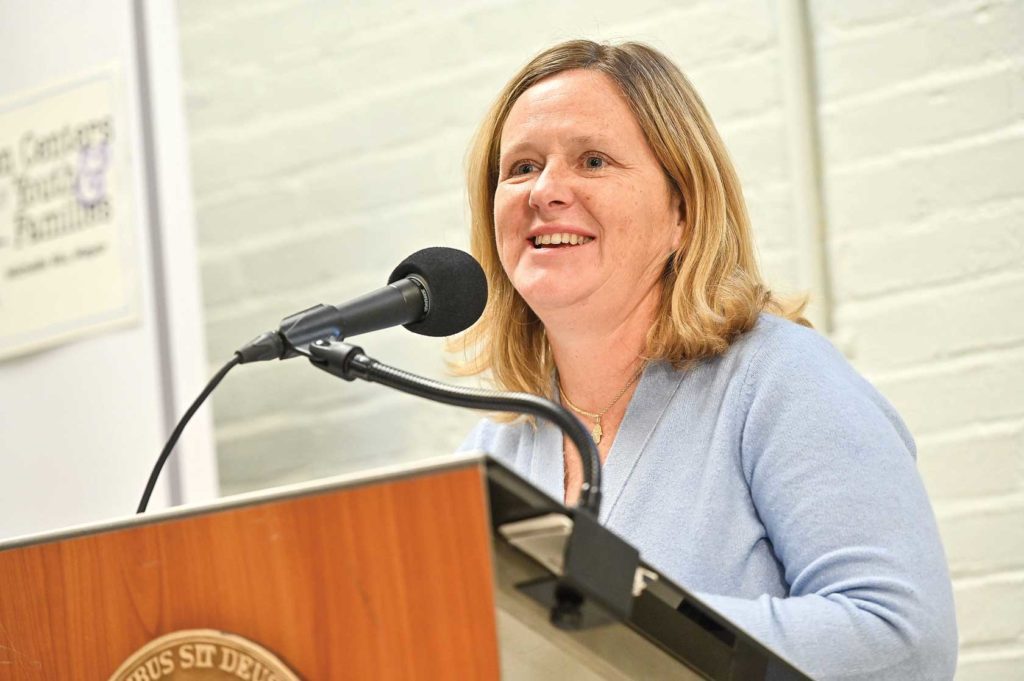
A letter signed by four Boston City Council members calling for more police officers and “non-invasive” measures like metal detectors in Boston Public Schools is drawing criticism from advocates who are striving to reduce police and law enforcement presence in schools.
The letter, penned by at-large City Councilor Erin Murphy, urges Mayor Michelle Wu and Boston Public Schools Superintendent Mary Skipper to act quickly to address what Murphy characterizes as a rash of violent and otherwise troubling incidents in Boston schools by, among other things, reinstating Boston police officers in school buildings.
Boston police officers were removed from all Boston Public Schools in 2021, under former BPS Superintendent Brenda Cassellius, partly due to a change in state laws that required school officers undergo extra training. The officers were replaced by non-police “school safety specialists.”
Boston Mayor Michelle Wu has meanwhile repeatedly resisted calls to reinstate school police officers.
The four City Council members’ letter calls on Boston officials to, essentially, reverse the 2021 decision. Besides Murphy, who serves as vice chair of the City Council’s Committee on Education, the letter is signed by Councilors Frank Baker and Michael Flaherty and Council President Ed Flynn.
“There should be no question among City and State Education Officials about returning non-invasive technology such as metal detectors, and having police officers present in our schools,” the letter reads. “We hope you will agree that we need School Police to be reinstated into our Boston Public Schools buildings for the safety of our students, our staff and all of our BPS families.”
The letter cites an apparent uptick in school reports of bullying and unsubstantiated numbers of “sexual assaults” in the 2021-2022 school year, as well as anecdotal evidence, also unsubstantiated by data, of “many disturbing incidents at our schools and on our school buses this year,” including “stabbings, gun shots, bullying, physical attacks, loaded guns and sexual assaults [that] have been happening across our city” — including one incident of an alleged attack that took place outside a school building.
In September and October, there were two shootings involving students on the streets around the Jeremiah E. Burke High School in Grove Hall. Last week, a BPS teacher and student were assaulted by three girls outside of the Young Achievers Science and Math Pilot School in Mattapan.
The letter bears no signatures by any of the Council’s members of color, including Education Committee chair Julia Mejia.
Requests by the Banner for comment were not returned by Murphy, Mejia, Wu nor Boston Public Schools.
Advocates against police presence and a law enforcement-based approach to discipline in schools, meanwhile, are assailing the Council members’ letter as misguided or worse.
“It feels like we’re going backwards,” with calls for increased policing in schools, said Ruby Reyes, executive director of the Boston Education Justice Alliance.
“We know that the results of police being in schools are not good for students,” said Reyes. “These mitigation strategies have shown that they don’t they don’t work. Research has shown that they don’t work. [Research by] Boston Public Schools have shown that they don’t work,” noting reforms implemented after a notorious 2018 incident in which a BPS student was deported after communication between school police and federal immigration officials.
“What we know does work is school communities is really being able to have the sources of funding, resources, professional development support — all these things that create healthy school environments and healthy school climates.”
Leon Smith, executive director for Citizens for Juvenile Justice, says research in Massachusetts and nationally has failed to show that a police presence in schools keeps them safer.
“When you look at peer-reviewed research, there is little convincing evidence that the presence of an armed police officer has much effect on school safety at all,” says Smith.
Meanwhile, “There’s considerable evidence that the presence of a police officer increases school-based arrests around low-level nonviolent behaviors that have traditionally been within the purview of school administrators,” notes Smith, citing a report, co-authored by his organization, that found that school police presence in Massachusetts schools was linked to increased disparities in how students of color, in particular, were disciplined.
“The Massachusetts data is clear that Black and brown kids, and kids with disabilities, are disproportionately impacted by the school to prison pipeline. So, for example, Black and brown students are 29% of students, [but] 67% of school-based arrests,” said Smith.
Interventions like school police officers and even metal detectors, Smith said, create an illusion of safety that isn’t backed up by the data.
“It may give that feeling of safety, but in actuality is not increasing safety, but is increasing negative outcomes for your students.”
Jakira Rogers, of Massachusetts Advocates for Children, agreed.
“If we treat children like criminals, they will internalize that … There is no data that shows that that is an effective strategy,” Rogers said. “And also, it’s not ‘noninvasive.’”
But beyond questioning the effectiveness of police-based and law enforcement-based approaches to school safety, Rogers — like several of the advocates who spoke with the Banner — also questions the context in which the four City Council members are pushing on the city administration and BPS.
“I see a trend, a trend of no community engagement with those directly impacted, a trend of ‘white savior complex’ and a trend of anti-Blackness, one of the most dangerous forms of racism,” Rogers said. “I don’t think it’s a coincidence that only white city councilors signed off on this letter. There is no coincidence that the city councilor who is the chair of [the Council’s Education Committee] did not sign this letter. It is not a coincidence that no people of color on City Council signed on to this letter.”
“Who is the ‘all’ that these four white city councilors are representing? I have questions about who they’re trying to serve and what their intent is,” said Rogers. “City Council’s racial divide is showing. We need to be talking about that.”


